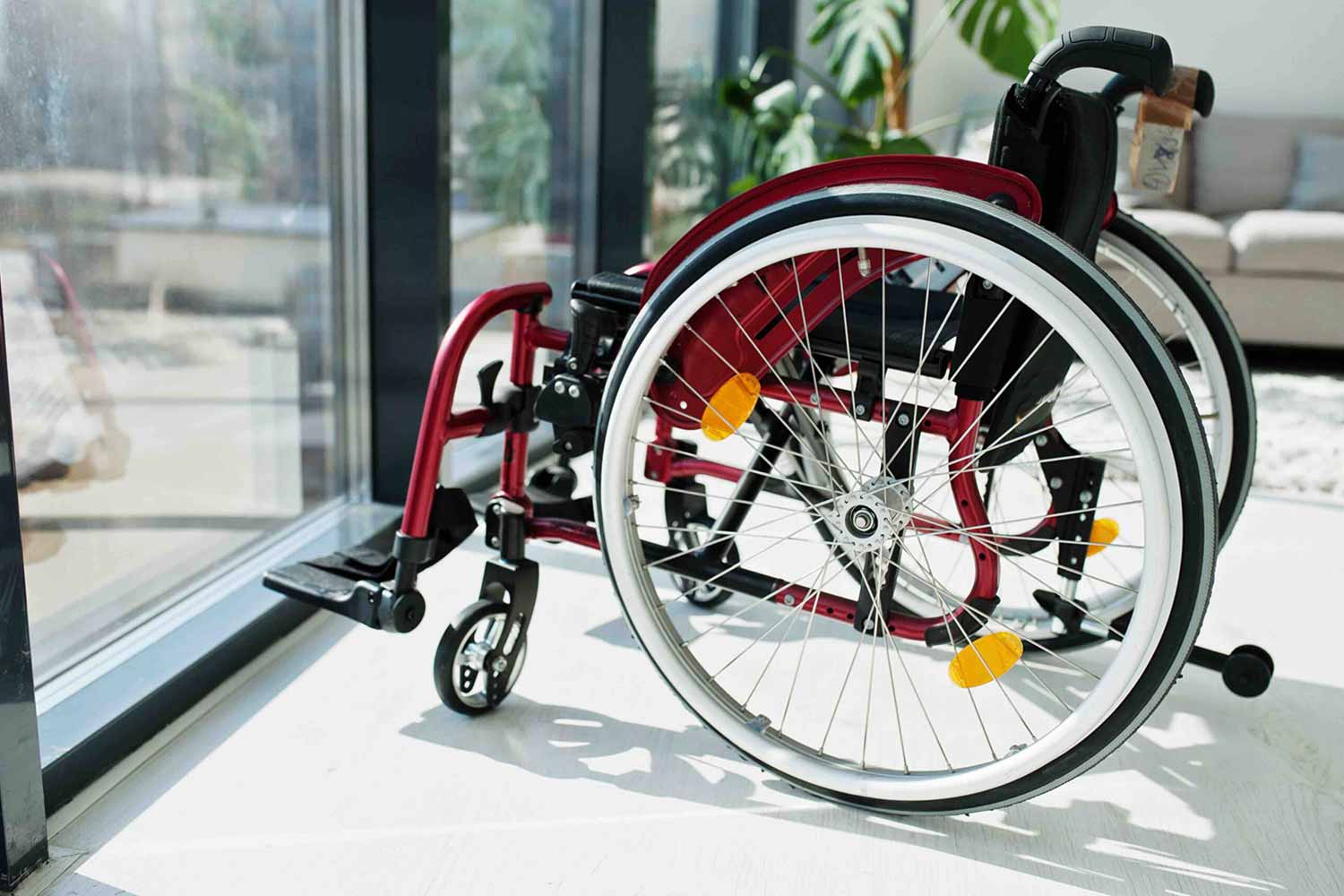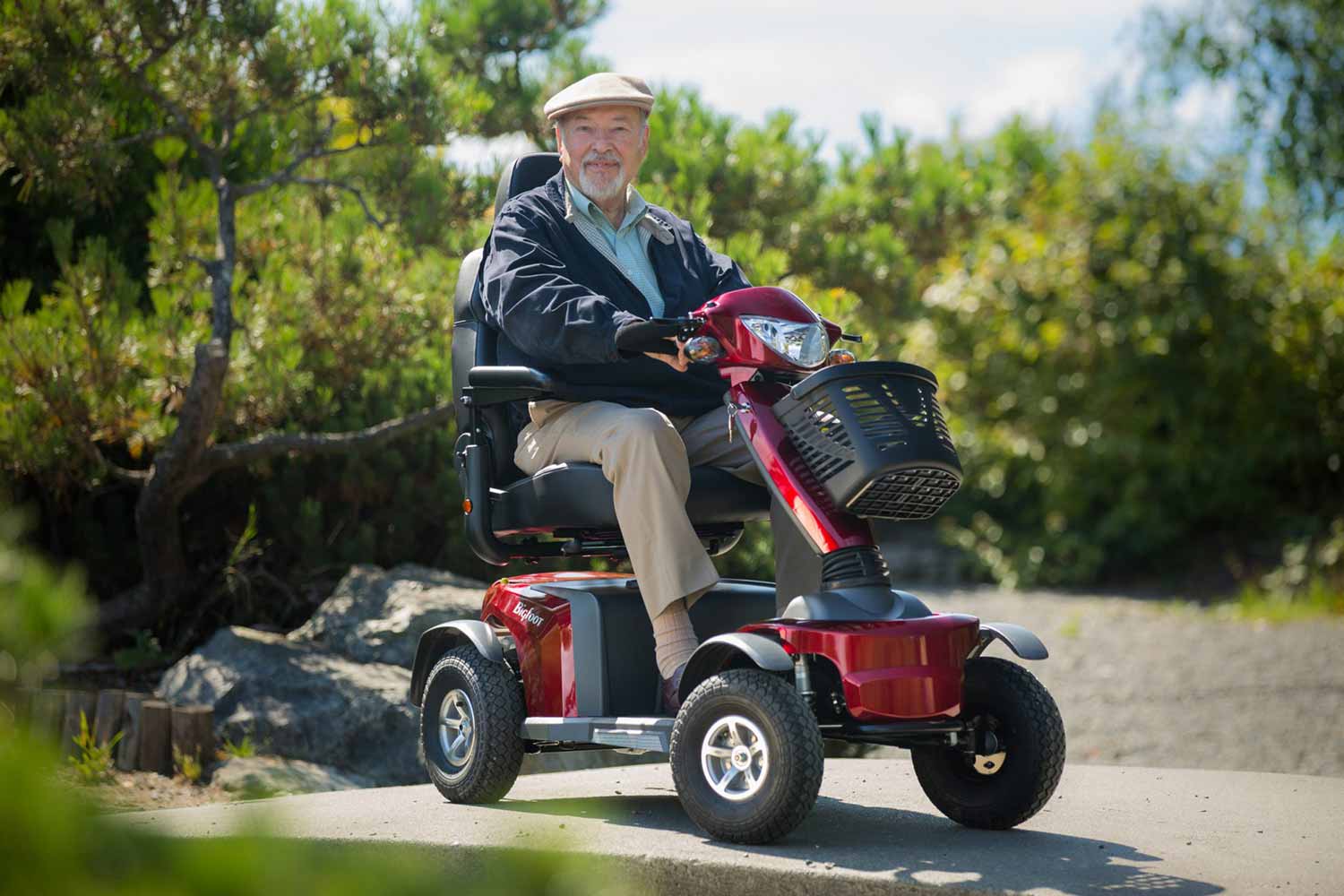Calgary is a city built on the promise of openness. Open skies. Open spaces. Open…

Choosing the Right Mobility Aid: A Comprehensive Guide
Choosing the Right Mobility Aid: A Comprehensive Guide
Mobility aids play a crucial role in enhancing independence and quality of life for individuals with mobility challenges. Whether you’re recovering from an injury, living with a chronic condition, or assisting a loved one with mobility limitations, selecting the right mobility aid is essential. With a wide range of options available, it’s important to understand the different types of mobility aids and how to choose the most suitable one. This comprehensive guide aims to help you make informed decisions and find the perfect mobility aid for your needs.
Assessing Mobility Needs
The first step in choosing a mobility aid is to assess the specific mobility needs of the individual. Consider factors such as:
Mobility Level: Determine the extent of mobility impairment, whether it’s temporary, permanent, or fluctuating.
Activities of Daily Living (ADLs): Identify which activities, such as walking, standing, or climbing stairs, require assistance.
Environment: Consider the terrain and settings where the mobility aid will be used, such as indoor, outdoor, or both.
User Preferences: Take into account user preferences regarding comfort, convenience, and aesthetics.
Types of Mobility Aids
There are various types of mobility aids available, each designed to address specific mobility challenges. Here are some common types:
Canes: Ideal for individuals who need minimal support and stability. Canes come in different styles, including standard, quad, and folding canes.
Walkers: Provide more stability and support than canes. Walkers come with two, four, or wheeled options, depending on the user’s needs and mobility level.
Crutches: Suitable for individuals with temporary injuries or mobility impairments. Crutches come in forearm and underarm styles, offering support during walking.
Wheelchairs: Designed for individuals with significant mobility limitations. Manual wheelchairs require self-propulsion, while power wheelchairs are motorized for easier mobility.
Mobility Scooters: Ideal for outdoor use and longer distances. Mobility scooters are battery-powered and offer a comfortable seating option for users.
Factors to Consider
When choosing a mobility aid, consider the following factors:
Comfort: Ensure that the mobility aid provides adequate support and comfort, with adjustable features if needed.
Size and Fit: Select a mobility aid that fits the user’s height, weight, and body proportions for optimal usability.
Portability: Consider the ease of transport and storage, especially for travel or use in different environments.
Safety Features: Look for safety features such as brakes, anti-tip mechanisms, and sturdy construction to prevent accidents.
Durability: Choose a mobility aid made from high-quality materials that can withstand regular use and provide long-term reliability.
Consulting with Healthcare Professionals
It’s advisable to consult with healthcare professionals, such as physical therapists or occupational therapists, when selecting a mobility aid. They can assess the user’s mobility needs, recommend appropriate aids, and provide guidance on proper use and maintenance.
Final Thoughts
Choosing the right mobility aid requires careful consideration of mobility needs, preferences, and functional requirements. By assessing these factors, exploring different options, and seeking professional advice, you can find the perfect mobility aid that enhances independence, safety, and overall well-being.



